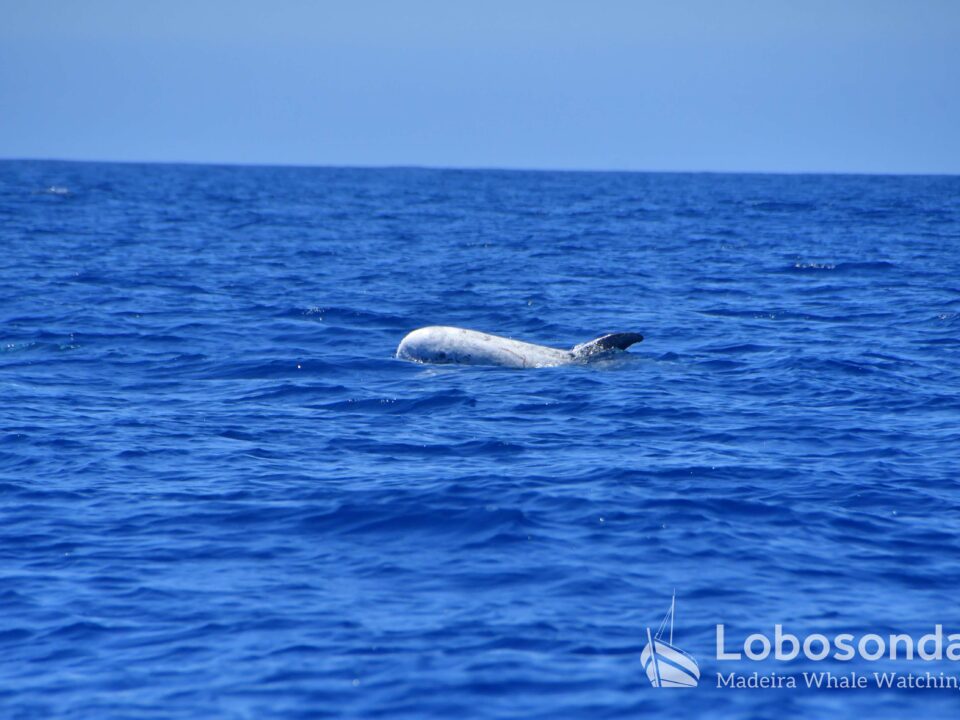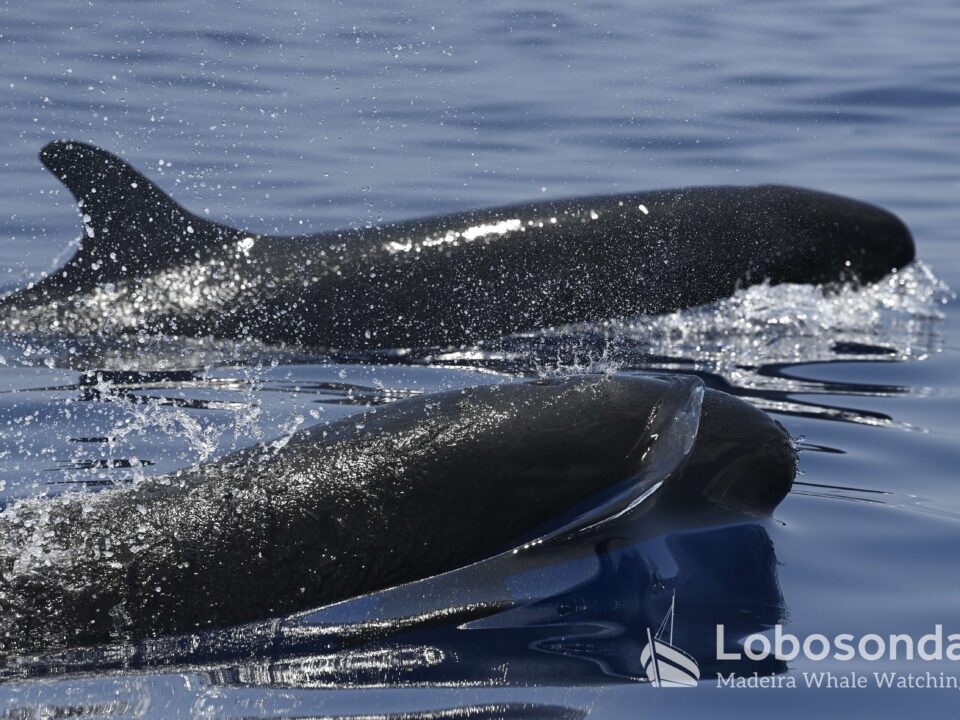14.11.2013 – Bottlenose and tuna
November 15, 201319.11.2013 – birthday on the ocean
November 19, 2013Vom Meer heute nichts Neues und wir starten nun in ein fahrtenfreies Wochenende. Zeit unser kleines Rätsel aufzulösen, mittlerweile haben wir ja schon 3 richtige Antworten auf die Frage was das hier für ein Vogel sei…
From the ocean nothing new today and we start into a weekend without trips. Time to give the solution for our riddle, which already was solved by 3 different parties. Question was which kind of bird this was …
???
Der Gelbschnabel-Sturmtaucher wird bis zu 50 cm lang und erreicht eine Spannweite von 115 cm. An der Oberseite ist er braun, der Bauch ist weiß. Die Handschwingen sind schiefergrau bis schwarz. Der Schnabel ist von gelber Farbe mit einem grauen Fleck an der Spitze.
Die Gelbschnabel- Sturmtaucher gehören, wie auch die Albertrosse zu den Röhrennasen. Wie alle dieser Art ernähren sie sich von kleinen Fischen und Tintenfischen. Manchmal leider auch von Plastik, was eine große Gefahr für sie darstellt.
Gelbschnabel-Sturmtaucher graben eine bis zu zwei Meter tiefe Nisthöhle über die Klippen, oder legen ihr einziges weißes Ei (Ende Mai) direkt auf die Klippen. Dieses wird von beiden Eltern ca. 55 Tage lang bebrütet. Das Junge schlüpft im Juli und verzehnfacht sein Gewicht in einem Monat. Die Vogeleltern sind den ganzen Tag auf Nahrungssuche und füttern das Junge zum Schutz vor potentiellen Feinden nur in der Dämmerung und nachts. Die Jungvögel sind im September flügge. Gelbschnabel-Sturmtaucher haben eine lebenslange Paarbildung.
In den letzten Tagen beobachteten wir große Verbände von Gelbschnabel-Sturmtauchern auf dem Meer und sicherlich werden sie sehr bald für den Winter die Insel verlassen, um hinaus auf die Hochsee zu ziehen. Doch vielleicht legen sie zwischendurch einen Stopp an der afrikanischen Küste ein. Wir werden sie mit ihren nächtlich, urig, witzigen Konzerten vermissen.
Calonectris diomedia borealis
The Cory’s shearwater is identifiable by its size, at 50cm in length and with a 115 cm wingspan. It has brownish upperparts, white underparts. The wings are slategrey to black. The bill is yellow with a grey spot on the tip.
Like the Albatross the Cory’s Shearwaters are in the order of Procellariiformes. Like all birds of this species they feed on small fish and squit. But sometimes they eat also plastic, which can cause big trouble for them.
Cory’s Searwaters dig or excavate an 1-2 meter cup like nest on the cliffs or they put their only white coloured egg (end of May) directly on the cliff. The parents breed 55 days and the offspring eclose in July. In one month the chick increase tenfold of his birth weight. In the daytime the parents are foraging. They feed the offspring at dawn or night to protect them from potential predators. In September the chicks are fledged. Cory’s Shearwaters are monogamous and form life long pair bonds.
During the last days we observed huge groups of Shearwaters sitting on the surface of the Ocean. Certainly they are going to leave the Island soon in order to stay offshore during the winter time. In the meantime they might have a little break on the african coast. We will miss the nightly, funny concerts.







